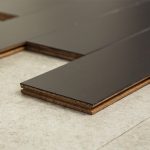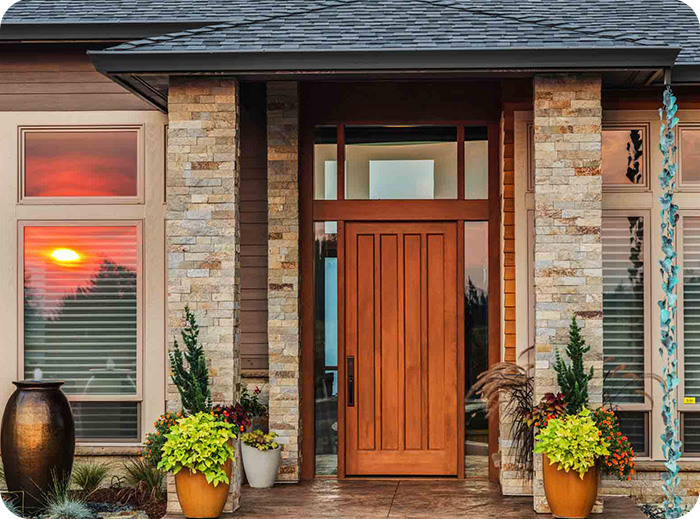Whether you’re a sushi lover or a takeout enthusiast, chopsticks are a staple in Asian dining experiences worldwide. Among the many types of chopsticks available—wood, plastic, metal, or even ivory—bamboo chopsticks have gained significant attention for their eco-friendliness and affordability. But are bamboo chopsticks really the perfect utensil for sustainable dining, or do they come with hidden downsides?
In this post, we’ll dive into the complete pros and cons of bamboo chopsticks, helping you make an informed decision the next time you reach for a pair. From their environmental impact to their usability and hygiene, we’ll cover every angle of this humble utensil.
Pros of Bamboo Chopsticks
1. Eco-Friendly and Sustainable
Bamboo chopsticks are often marketed as an environmentally conscious option, and for good reason. Bamboo is one of the fastest-growing plants on Earth, capable of growing up to 3 feet in a single day. This rapid growth makes bamboo a highly renewable resource compared to trees used for wooden chopsticks. In addition, bamboo requires no pesticides or fertilizers, making its cultivation much less harmful to the environment.
Environmental Benefits in a Nutshell:
- Fast-growing: Bamboo regenerates quickly and can be harvested sustainably without deforestation.
- Low energy to produce: Bamboo chopsticks require minimal energy and water to manufacture compared to plastic or metal alternatives.
- Biodegradable: Unlike plastic utensils, which can take hundreds of years to decompose, bamboo breaks down naturally in a matter of months when properly composted.
2. Affordable
Bamboo chopsticks are generally inexpensive and widely available. Whether you’re purchasing them in bulk for a restaurant or just need a few pairs for home use, bamboo chopsticks are often cheaper than other reusable materials like metal or high-quality wood. Their affordability makes them particularly popular in disposable form, which is commonly seen in restaurants and takeout services.
3. Lightweight and User-Friendly
One of the practical benefits of bamboo chopsticks is their lightweight design. Bamboo is a naturally light material, making it easier to handle than metal or heavier wood types. This makes bamboo chopsticks ideal for beginners who may be learning how to use chopsticks for the first time. They are also smooth to the touch, providing a comfortable grip without the need for additional coatings or treatments.
Ease of Use at a Glance:
- Lightweight: Easier to maneuver, especially for beginners.
- Good grip: Bamboo chopsticks often have a naturally textured surface, reducing the chance of slipping while picking up food.
4. Heat Resistant and Non-Reactive
Bamboo is a poor conductor of heat, meaning that bamboo chopsticks won’t get hot when used with hot foods like soups or stir-fries. This is a significant advantage over metal chopsticks, which can become uncomfortable to hold when exposed to heat. Additionally, bamboo is non-reactive, meaning it won’t impart any flavor or chemicals into your food, unlike some treated woods or plastics.
5. Aesthetic Appeal
Bamboo chopsticks often have an earthy, natural aesthetic that appeals to many eco-conscious consumers. Their warm, light-brown color and simple design make them visually appealing and often complement a minimalist or nature-inspired table setting.
Sarah, 32, from Los Angeles:
“I love the look of bamboo chopsticks. They have this natural vibe that really elevates the dining experience, especially when I’m serving homemade Asian dishes.”
Cons of Bamboo Chopsticks
1. Durability Issues
While bamboo chopsticks are durable to a point, they are generally less long-lasting compared to hardwood or metal alternatives. Bamboo can splinter over time, especially if not properly cared for. This is particularly true for disposable bamboo chopsticks, which are designed for one-time use and can become brittle after just a few uses. Even reusable bamboo chopsticks may not last as long as other materials, especially if exposed to water frequently.
Durability Concerns:
- Susceptible to splintering: Over time, bamboo chopsticks can develop rough edges or splinters, especially if not sanded or processed correctly.
- Not as long-lasting: Compared to hardwood or metal chopsticks, bamboo chopsticks generally have a shorter lifespan.
2. Disposable Culture and Waste
While bamboo chopsticks are biodegradable, their widespread use as disposable utensils contributes to waste. Many restaurants and takeout services provide single-use bamboo chopsticks, and despite their eco-friendly material, these chopsticks often end up in landfills. In countries like China and Japan, the consumption of disposable chopsticks (both wooden and bamboo) is staggering—reportedly in the tens of billions annually—leading to significant waste. Even though bamboo decomposes faster than plastic, its role in single-use culture is still an environmental concern.
Waste Production:
- Disposable use: Bamboo chopsticks are often used once and discarded, contributing to waste generation.
- Landfill impact: While bamboo is biodegradable, not all bamboo chopsticks are composted properly and may still end up in landfills.
3. Hygiene Concerns
Disposable bamboo chopsticks are often sold in thin plastic wrappers, which may not guarantee full sanitation. Some consumers have reported finding bamboo chopsticks with splinters, mold, or uneven finishes, suggesting that not all manufacturers adhere to high standards of quality control. In addition, reusable bamboo chopsticks, if not properly cleaned and dried after each use, can harbor bacteria or develop mold due to the porous nature of bamboo.
Health and Hygiene Risks:
- Splinters and uneven surfaces: Poor-quality bamboo chopsticks may have rough edges that can be uncomfortable or unsafe to use.
- Mold growth: Bamboo chopsticks are absorbent, so they must be dried thoroughly after washing to prevent mold or bacterial growth.
4. Not Dishwasher-Safe
Unlike metal or some types of plastic chopsticks, bamboo chopsticks are generally not dishwasher-safe. The high heat and prolonged exposure to water in dishwashers can cause bamboo to warp, crack, or splinter. This means bamboo chopsticks require handwashing to maintain their quality, which might not be convenient for everyone.
Maintenance Drawbacks:
- Requires handwashing: Bamboo chopsticks need to be washed and dried by hand to maintain their integrity.
- Not heat-resistant in dishwashers: Prolonged exposure to water and heat can damage bamboo chopsticks, reducing their lifespan.
5. Limited Design and Customizability
While bamboo chopsticks are aesthetically pleasing in their natural form, they offer limited options for customization compared to other materials. Metal chopsticks, for example, can be engraved, painted, or treated with unique finishes, while bamboo usually comes in a more basic design. If you’re looking for a utensil that can be personalized or has a more intricate design, bamboo may not be your top choice.
Design Limitations:
- Less customizable: Bamboo chopsticks offer fewer design options compared to metal or plastic chopsticks.
- Basic appearance: While natural, bamboo chopsticks might not suit those seeking a more modern or luxurious aesthetic.
Final Verdict: Are Bamboo Chopsticks Right for You?
Like many eco-friendly products, bamboo chopsticks come with both advantages and drawbacks. On the positive side, they offer a sustainable alternative to plastic and wood, are inexpensive, and provide a lightweight, user-friendly experience. However, concerns over durability, hygiene, and their role in disposable culture cannot be overlooked.
If you’re someone who values sustainability, bamboo chopsticks—especially reusable ones—can be an excellent addition to your kitchen or dining experience. However, if you prioritize durability or prefer dishwasher-safe utensils, you may want to explore other materials like metal or hardwood.
Emma, 28, from New York:
“I’ve switched to reusable bamboo chopsticks, and I love them! Yes, they require a bit more care, but knowing they’re an eco-friendly choice makes the extra effort worth it.”
Ultimately, the choice comes down to your lifestyle, values, and how you plan to use them. If you’re committed to reducing single-use waste and don’t mind the extra care, bamboo chopsticks offer a great balance between sustainability and functionality.










